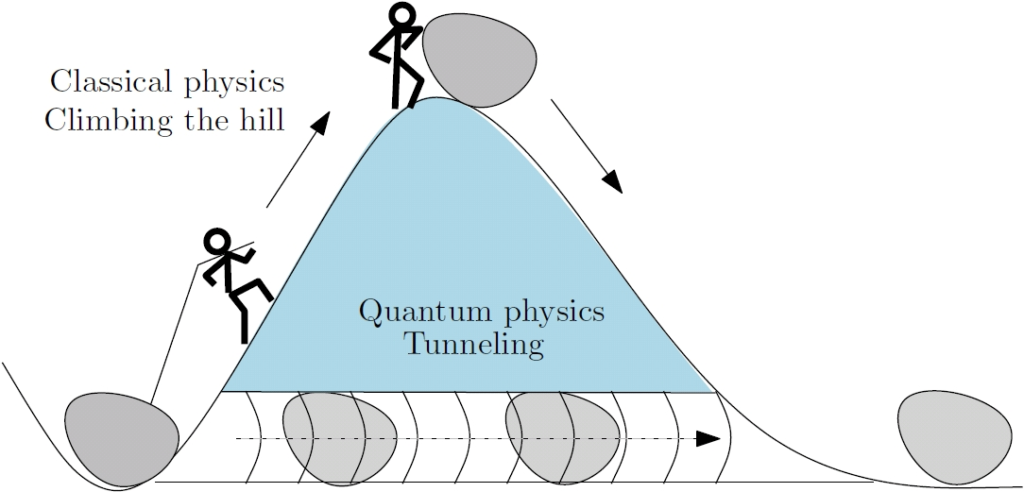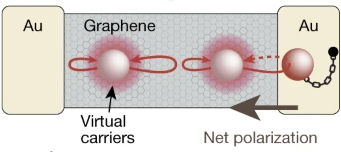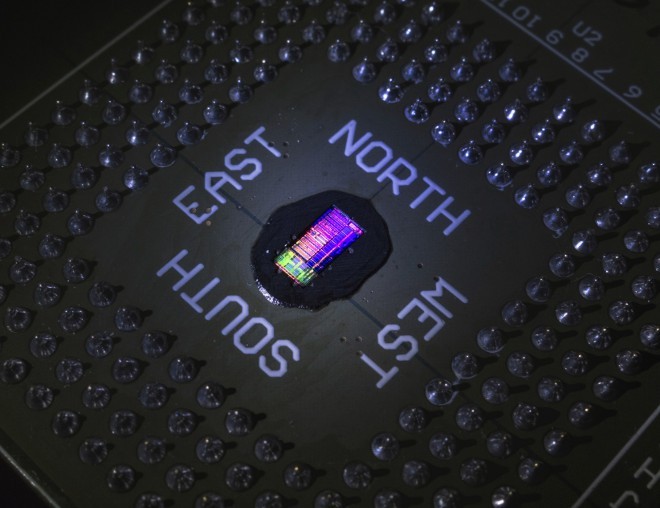Processors are located everywhere; from your computer to your new coffee maker, these chips are vital to your daily needs. These processing chips, also called central processing units (CPU), essentially take input from different components and then execute a set of commands to various components. You might have heard the term nanometer architecture to describe the size of the transistors inside the unit. As these transistors get smaller, more of them can be packed in the same space to make the process faster and more efficient. In 1965, Gordon Moore, the co-founder of Intel, said that transistor count within CPUs will double every two years. This is now known as “Moore’s Law”, and so far has held true. Every year since then, the transistor count nearly doubled every two years. But for how long can we keep doubling the count of transistors to make processes faster? This article will cover that exact question.
- Current Limitation On The CPU
- Recent Improvements
- How is this possible?
- The Future
- Related News On A Photon CPU
Current Limitation On The CPU
There are two options for making these CPUs quicker and more efficient. One method is to increase the number of transistors, which increases the area of the CPU itself. Increasing the density might result in more power consumption and larger sized computers. An alternate choice is to decrease the physical size of the individual transistors. This, however, does have its own limitations. Decreasing the size of transistors will inevitably be the choice among chip manufacturing companies in order to create a more effective CPU than competitors. Moore himself said that “we’re pushing up against some fairly fundamental limits, so one of these days we’re going to have to stop making things smaller.” What Moore is referring to is quantum tunneling. Typically, electrons will only flow when energy is applied and there is a conductive path they can follow. Hence, they are unable to pass through barriers without sufficient energy. That being said, as the barriers are thinned to 1-3 nm thickness level, these electrons pass through non-conductive material, jumping from one conductive surface to another through the barrier itself. As the processors rely on electrons to move through metal connectors and non-conductive material to separate them, this phenomenon limits the transistors. As transistors get smaller in size, the nonconductive separators also have to get thinner. Hence, transistors are inherently vulnerable to this effect where they have a probability of failing. This is a big issue as we are nearing 4 nm processors which are alarmingly close to the upper limit for the tunneling effect to take place.

Illustration of Quantum Tunneling. Courtesy of Physics StackExchange
Recent Improvements
What if we didn’t rely on electrons to process our computers? What about photons? Light photons are unable to tunnel through material, however, they still motivate electron movement to produce electricity such as in solar panels. This is exactly what researchers at the University of Rochester and the University of Erlangen-Nuremberg have thought about and developed. An amazing invention has been produced where light is produced from a light gate and able to push electrons through a conductive material once in contact with the surface. The light gates operate in the femtosecond region, a millionth of a billionth of a second. Now consider multiple gates firing at the same time; they almost mirror how a regular computer chip processes data. High-end CPUs can process information in mere 5 gigahertz while these ultrafast pulses of light are able to process information in petahertz, which is a million times faster!
How is This Possible?
Pulses of light are activated through gates within the core of the processor. These pulses of light hit a gold plate and the energy motivates the electrons to move through the conductive metal and create a net polarization in the transistor. When the light gate is activated, there are two charge carriers that develop within the system: “real” and “virtual” particles. Real carriers travel in the same direction as the initial light pulse even if the source is inactive. Virtual particles are described as electrons that are excited and move only when the source is active. Using these two charge carriers and connecting graphene between the two gold plates, we can achieve a current that has a specific net direction. The researchers also discovered that changing the shape of the light pulses can change the net reaction of the current, allowing them to control the particles separately. Similar to regular CPUs, logic gates are required to compute the desired function. These take in bits of 0s and 1s to output a 0 or a 1 to other components. Taking the virtual and real particles, engineers can program the lightwaves to cancel or add up the net charges. These will represent 0s and 1s, respectively. Combining billions of these logical gates will allow scientists and engineers to compute tasks at near lightspeed, opening up endless possibilities to compute data.

Example of Virtual Carriers. Photo courtesy of Nature
The Future
Though this technology is exciting and innovative, researchers in charge of this task do not expect to have this implemented in a computer chip in the near future. This is perhaps due to the limited manufacturability and the complexity of the processors. Nonetheless, these findings give new possibilities to researchers or companies who are waiting for CPUs that can operate at the speed of light. After being established in higher-end supercomputers, this technology can be incorporated into consumer-level laptops and desktops for daily tasks. This transition might’ve already started happening as researchers around the world have been investigating this technology for some time now.

Photon Operated CPU Developed by Researchers. Photo Courtesy of Master DC
Related News On A Photon CPU:
In some related news, researchers at MIT, Berkeley University, and Colorado University Boulder have also developed a photonic CPU. Closely related to the optical gates mentioned in this article, the processor uses light to transmit information. They claim that the CPU can process information up to 300 gigabytes per second, a whopping ten to fifty times faster than current computers. This CPU only has two cores and absorbs around 1.3 Watts of power while modern units have up to 10 cores and use 40 Watts. The future for light-speed computing power looks promising with this recent news development. As more researchers dive into this exciting new field of photonic computing, we get closer to producing consumer grade chips that can change the future of processing forever.
This post was brought to you by Gentec EO - a leading supplier of photon detectors and measurement solutions.
